Home>Technology>Security & Surveillance>How To Adjust Door Lock
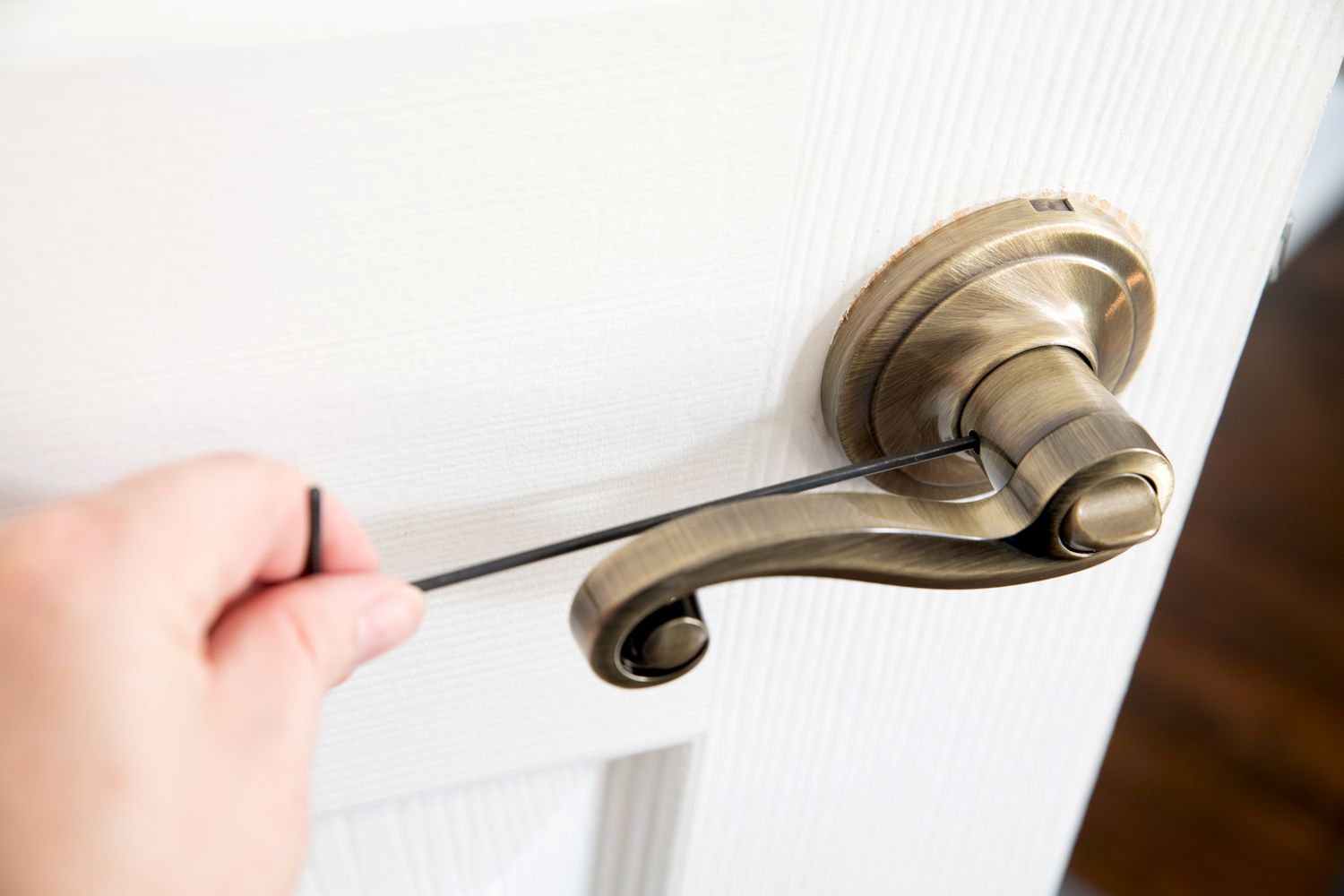

Security & Surveillance
How To Adjust Door Lock
Modified: December 28, 2023
Learn how to adjust your door lock for improved security and surveillance. Our step-by-step guide will help you enhance the safety of your home.
(Many of the links in this article redirect to a specific reviewed product. Your purchase of these products through affiliate links helps to generate commission for Storables.com, at no extra cost. Learn more)
Introduction
Welcome to the ultimate guide on adjusting door locks! A properly functioning door lock is essential for ensuring the security and safety of your home or business. Over time, door locks may become misaligned or difficult to operate, leading to potential security risks and inconvenience. Fortunately, with the right tools and know-how, adjusting a door lock can be a straightforward task.
In this comprehensive guide, we will walk you through the step-by-step process of assessing and adjusting a door lock to ensure optimal functionality. Whether you’re dealing with a sticky lock, misaligned latch, or other common issues, this guide will equip you with the knowledge and techniques needed to troubleshoot and resolve the problem.
By understanding the inner workings of door locks and learning how to make necessary adjustments, you can maintain a secure and smoothly operating entryway. So, let’s roll up our sleeves and dive into the world of door lock adjustments!
Key Takeaways:
- Keep your door locks functioning smoothly and securely by regularly assessing, adjusting, and testing them. This ensures optimal performance and enhances the security of your home or business.
- Gather essential tools like screwdrivers, tape measure, lubricant, and more to effectively adjust your door lock. Assess, make necessary adjustments, and test the lock for smooth operation and enhanced security.
Read more: How To Adjust Sliding Door Lock
Tools and Materials Needed
Before embarking on the task of adjusting a door lock, it’s important to gather the necessary tools and materials. Here’s a list of essential items you’ll need to have on hand:
- Screwdriver set: A set of screwdrivers with various head types, including flathead and Phillips, will be indispensable for accessing and adjusting components of the door lock.
- Tape measure: Having a tape measure handy will aid in accurately assessing the alignment and dimensions of the door and lock components.
- Pencil or marker: These tools will be used for marking and making notations during the adjustment process.
- Replacement parts (if necessary): Depending on the specific issues with the door lock, you may need to have replacement parts on standby, such as a new latch or strike plate.
- Lubricant: A high-quality lubricant, such as graphite powder or silicone spray, can help alleviate friction and enhance the smooth operation of the lock mechanism.
- Utility knife: A utility knife may be needed for tasks such as trimming the strike plate or removing excess material obstructing the lock’s function.
- Adjustable wrench: This tool may be required for adjusting the position of the strike plate or other components attached to the door frame.
- Flashlight: A reliable flashlight will aid in illuminating the interior of the lock mechanism and identifying any potential issues.
- Safety goggles and gloves: To ensure personal safety, it’s advisable to wear protective goggles and gloves, especially when working with sharp or potentially hazardous components.
By assembling these tools and materials, you’ll be well-prepared to tackle the task of adjusting your door lock with confidence and precision. Now that you have everything you need, it’s time to move on to assessing the door lock and identifying any issues that require adjustment.
Assessing the Door Lock
Before diving into the adjustment process, it’s crucial to carefully assess the door lock to identify the root cause of any issues. By conducting a thorough assessment, you’ll gain valuable insights into the specific areas that require adjustment, whether it’s related to alignment, mechanical components, or overall functionality.
Here are the key steps to follow when assessing the door lock:
- Check for Alignment: Begin by examining the alignment of the door and the strike plate. A misaligned strike plate can lead to difficulty in latching and unlatching the door, causing the lock to operate ineffectively.
- Test the Latch and Deadbolt: Operate the door lock to test the functionality of both the latch and deadbolt. Pay attention to any resistance, sticking, or unusual sounds that may indicate mechanical issues.
- Inspect the Keyway: If you’re dealing with a key-operated lock, inspect the keyway for any obstructions, debris, or signs of wear that could impede the smooth insertion and turning of the key.
- Examine the Door Frame: Take a close look at the door frame and surrounding areas for signs of damage, warping, or loose components that may be affecting the proper operation of the lock.
- Assess the Lock Mechanism: Remove the cover plate or trim to access the inner workings of the lock mechanism. Look for any visible signs of wear, corrosion, or misalignment within the mechanism.
During the assessment process, it’s important to approach each step with attentiveness and a keen eye for detail. By systematically evaluating the various components and functionalities of the door lock, you’ll be better equipped to pinpoint the specific areas that require adjustment.
Once you’ve completed a comprehensive assessment of the door lock, you’ll be ready to move on to the next crucial phase: adjusting the door lock to address any identified issues and restore optimal functionality.
If your door lock is not aligning properly, try tightening the screws on the strike plate to see if that helps. If the lock is sticking, try lubricating it with graphite powder.
Adjusting the Door Lock
Now that you’ve completed a thorough assessment of the door lock and identified the areas that require adjustment, it’s time to delve into the process of making the necessary modifications. Whether you’re dealing with alignment issues, mechanical irregularities, or operational inefficiencies, the following steps will guide you through the adjustment process:
- Align the Strike Plate: If the assessment revealed a misaligned strike plate as the culprit behind the lock’s malfunction, use a screwdriver to loosen the screws securing the plate to the door frame. Adjust the position of the strike plate as needed to ensure proper alignment with the latch, and then tighten the screws to secure it in place.
- Lubricate the Mechanism: If the lock mechanism is experiencing resistance or stiffness, apply a small amount of high-quality lubricant to the keyway, latch, and deadbolt. This will help reduce friction and promote smooth operation.
- Adjust the Latch: In cases where the latch is not extending or retracting smoothly, use a screwdriver to adjust the position of the latch within the door edge. This may involve slightly repositioning the latch to ensure proper engagement with the strike plate.
- Inspect and Clean Components: Take the time to thoroughly inspect the internal components of the lock mechanism. Remove any accumulated debris, dust, or foreign objects that may be impeding the functionality of the lock. Additionally, check for signs of wear or damage that may require replacement parts.
- Trim or Adjust the Door: If the door itself is contributing to the lock’s issues, consider trimming or adjusting the door’s edges to improve alignment and clearance. A utility knife or plane can be used to carefully remove excess material as needed.
- Test and Fine-Tune: After making the necessary adjustments, test the lock to ensure that it operates smoothly and effectively. Pay attention to the alignment, latching action, and overall ease of use. Fine-tune any adjustments as necessary to achieve optimal performance.
By following these step-by-step guidelines, you’ll be equipped to address a wide range of door lock issues and make the precise adjustments needed to restore the lock’s functionality. With patience and attention to detail, you can effectively troubleshoot and resolve common door lock problems, ensuring enhanced security and convenience for your home or business.
Testing the Door Lock
After completing the adjustment process, it’s crucial to thoroughly test the door lock to ensure that the modifications have effectively resolved any issues and restored optimal functionality. Testing the door lock will allow you to verify that the adjustments have addressed the initial concerns and that the lock operates smoothly and securely. Here’s a systematic approach to testing the door lock:
- Operate the Lock: Begin by testing the operation of the lock, including both the latch and deadbolt if applicable. Ensure that the key or knob turns smoothly, and that the latch securely engages with the strike plate without resistance or sticking.
- Check Alignment: Verify that the door and strike plate are properly aligned, allowing the latch to extend and retract seamlessly. Confirm that the door closes securely without the need for excessive force or adjustment.
- Test Key Operation: If the lock is key-operated, test the insertion and turning of the key to ensure smooth and unhindered operation. The key should turn easily without any signs of binding or difficulty.
- Assess Security: Evaluate the overall security and stability of the lock after adjustments have been made. Confirm that the lock provides a firm and reliable barrier against unauthorized entry.
- Perform Repeated Tests: Conduct multiple test cycles of locking and unlocking the door to simulate regular usage. This will help reveal any potential issues that may arise over time or with repeated operation.
- Address Any Remaining Concerns: If any issues or inconsistencies are detected during testing, revisit the adjustment steps to fine-tune the lock and address any remaining concerns. It’s important to achieve consistent and reliable functionality.
By meticulously testing the door lock and assessing its performance from various angles, you can ensure that the adjustments have effectively resolved any initial issues and that the lock is functioning optimally. Additionally, regular testing and maintenance of the door lock will help prolong its lifespan and contribute to the overall security and peace of mind for your home or business.
Read more: How To Adjust Refrigerator Door
Conclusion
Congratulations on successfully navigating the process of adjusting your door lock! By following the comprehensive steps outlined in this guide, you’ve gained valuable insights into the assessment, adjustment, and testing of door locks, empowering you to maintain the security and functionality of your entryways with confidence.
Remember, the key to effective door lock maintenance lies in regular assessment, prompt adjustment of any identified issues, and thorough testing to ensure reliable operation. By investing time and attention into the care of your door locks, you can mitigate security risks and enjoy the peace of mind that comes with a well-maintained and secure entryway.
As you continue to prioritize the security and functionality of your door locks, consider incorporating routine maintenance checks into your home or business maintenance schedule. By staying proactive and attentive to the condition of your door locks, you can address potential issues before they escalate and ensure the long-term reliability of your security measures.
Whether you’ve resolved a misaligned strike plate, lubricated a stiff lock mechanism, or fine-tuned the latch for seamless operation, your efforts in adjusting your door lock have contributed to a safer and more secure environment. With the knowledge and skills gained from this guide, you’re well-equipped to tackle future maintenance tasks and uphold the integrity of your door locks for years to come.
Thank you for embarking on this journey to master the art of door lock adjustments. May your entryways remain secure, your locks operate smoothly, and your peace of mind flourish as a result of your dedication to maintaining a secure and welcoming home or business environment.
Frequently Asked Questions about How To Adjust Door Lock
Was this page helpful?
At Storables.com, we guarantee accurate and reliable information. Our content, validated by Expert Board Contributors, is crafted following stringent Editorial Policies. We're committed to providing you with well-researched, expert-backed insights for all your informational needs.
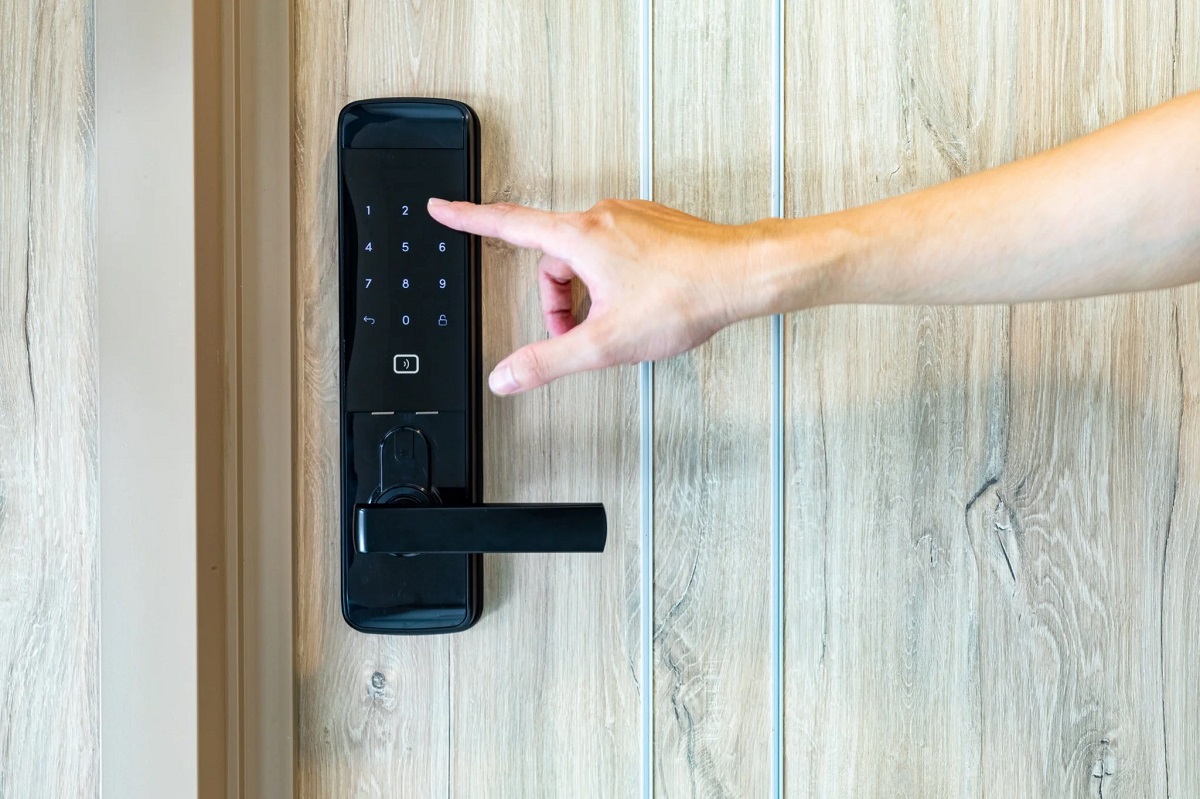
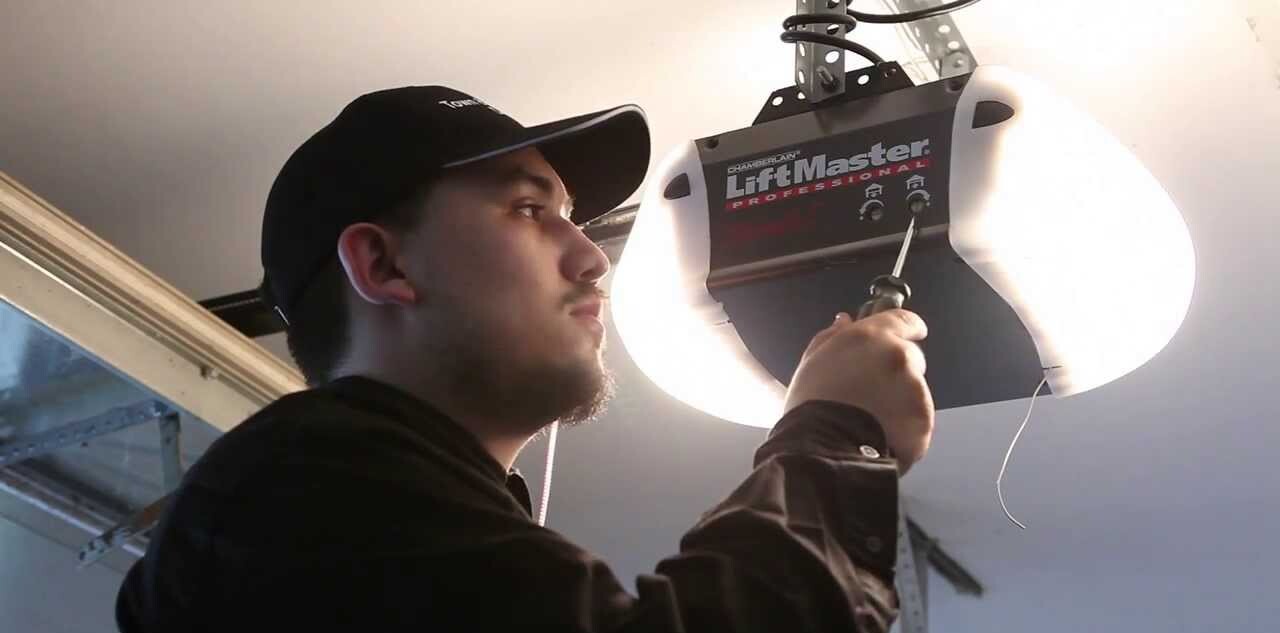
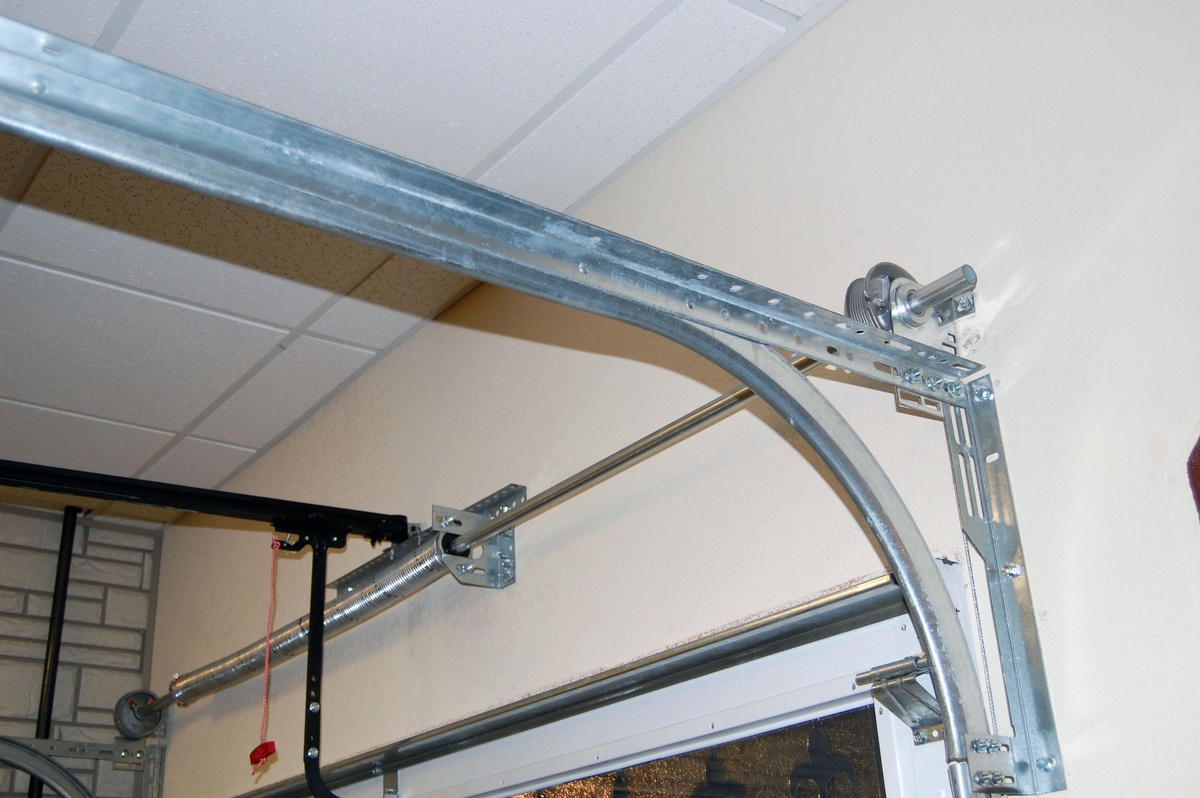
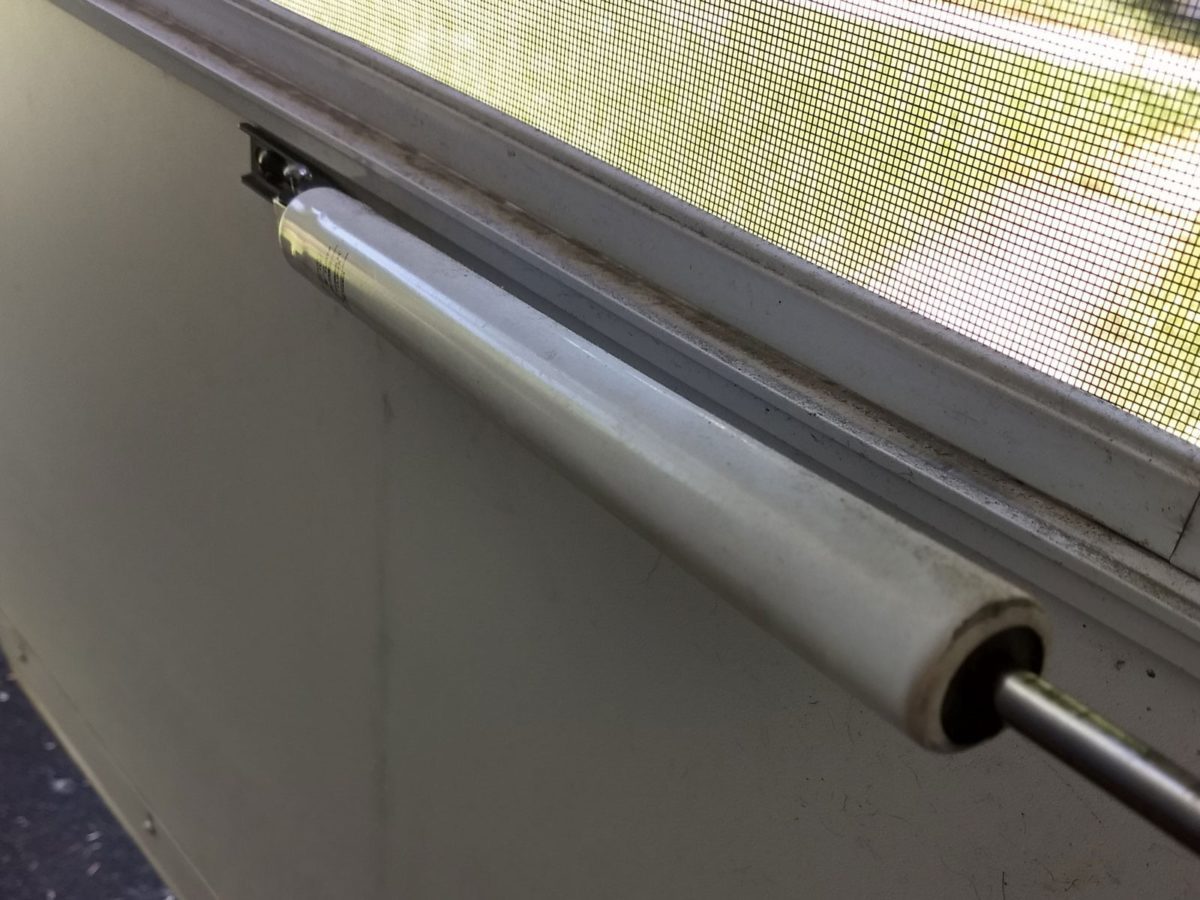
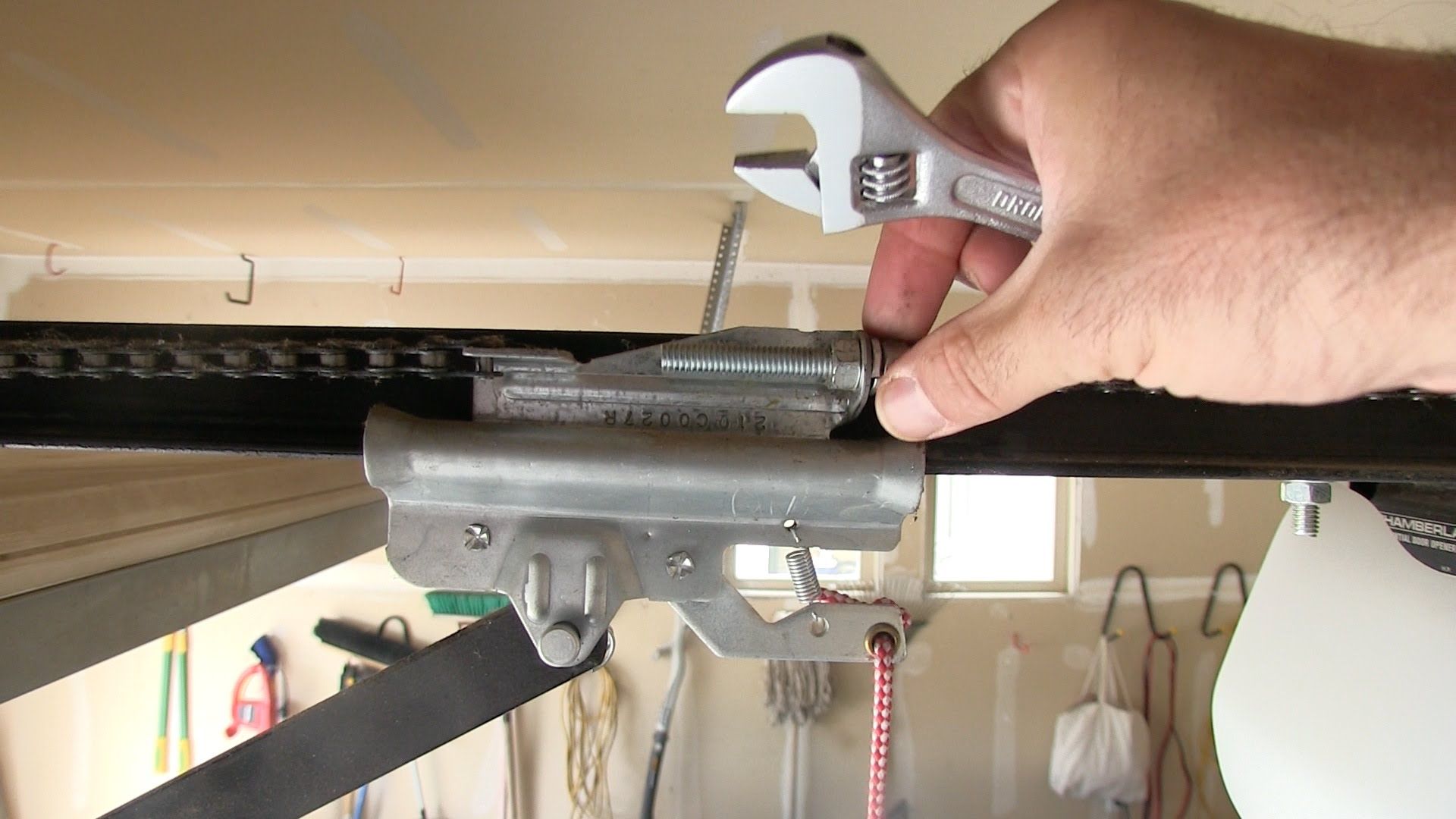
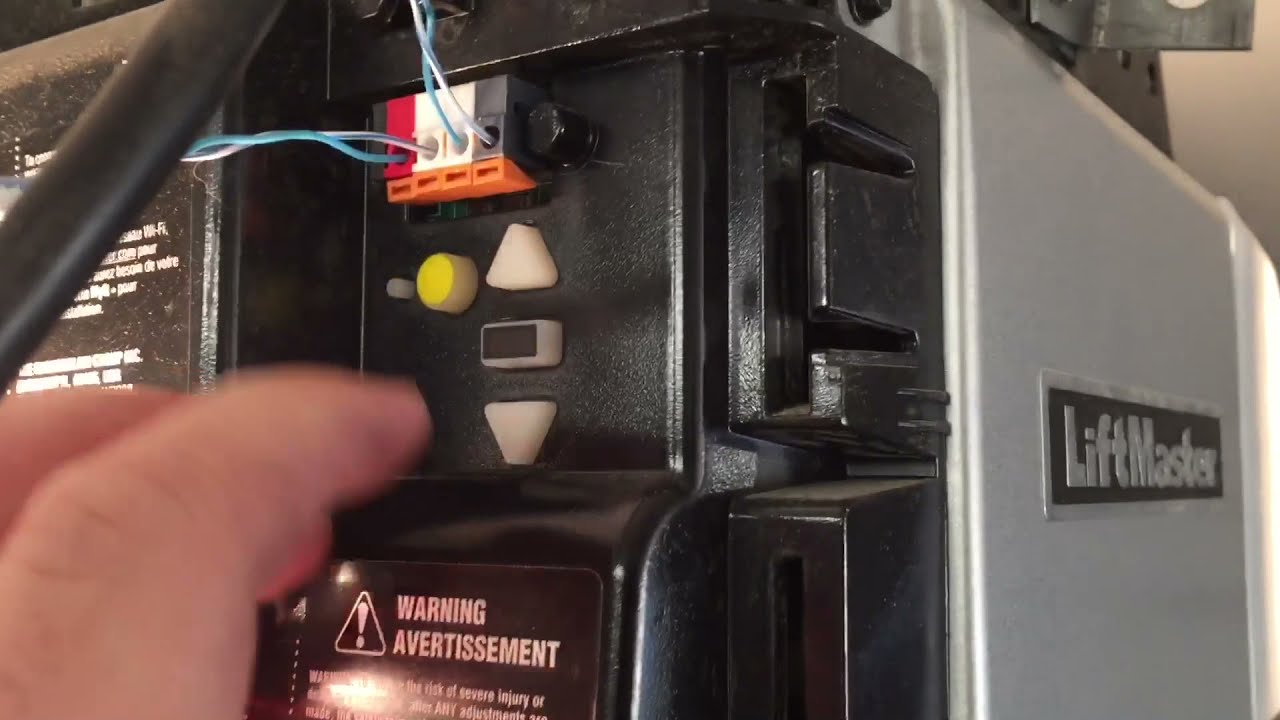
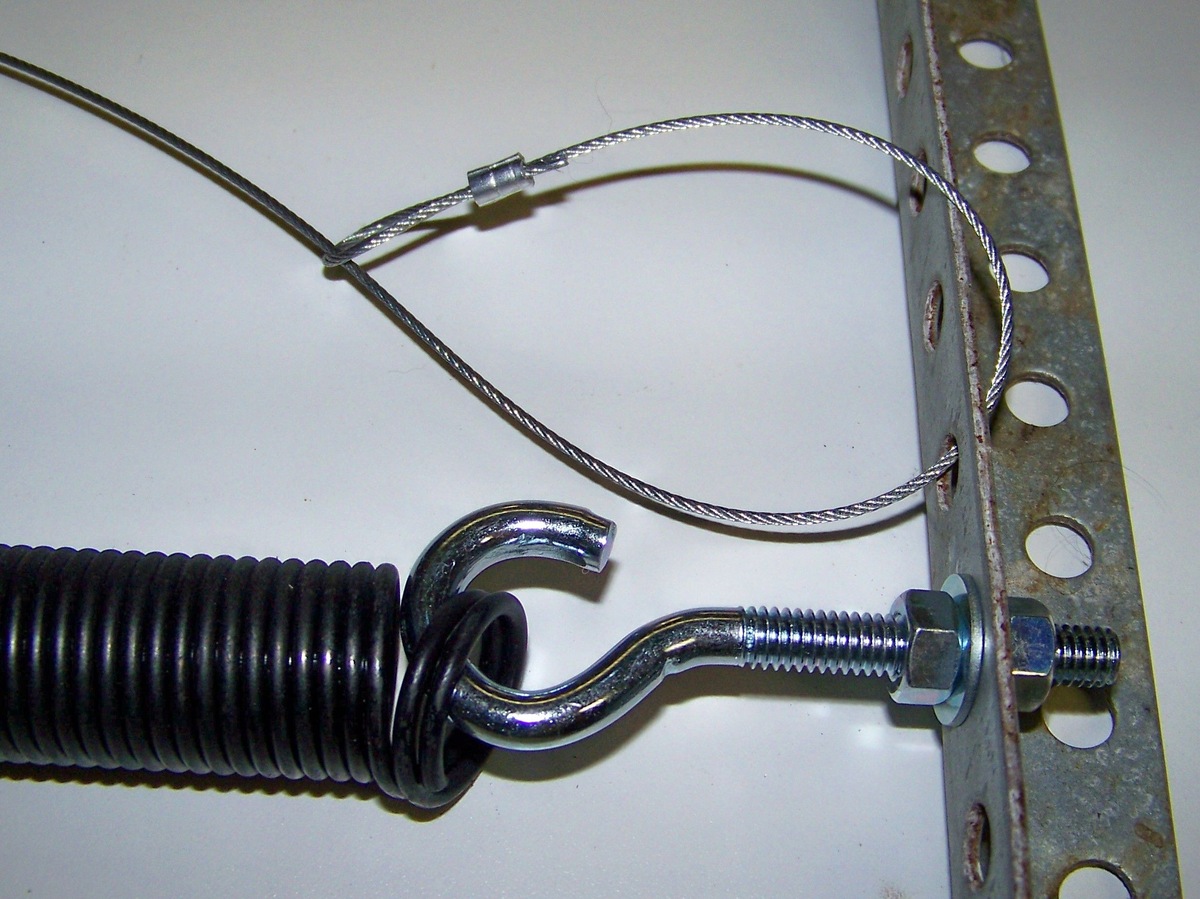
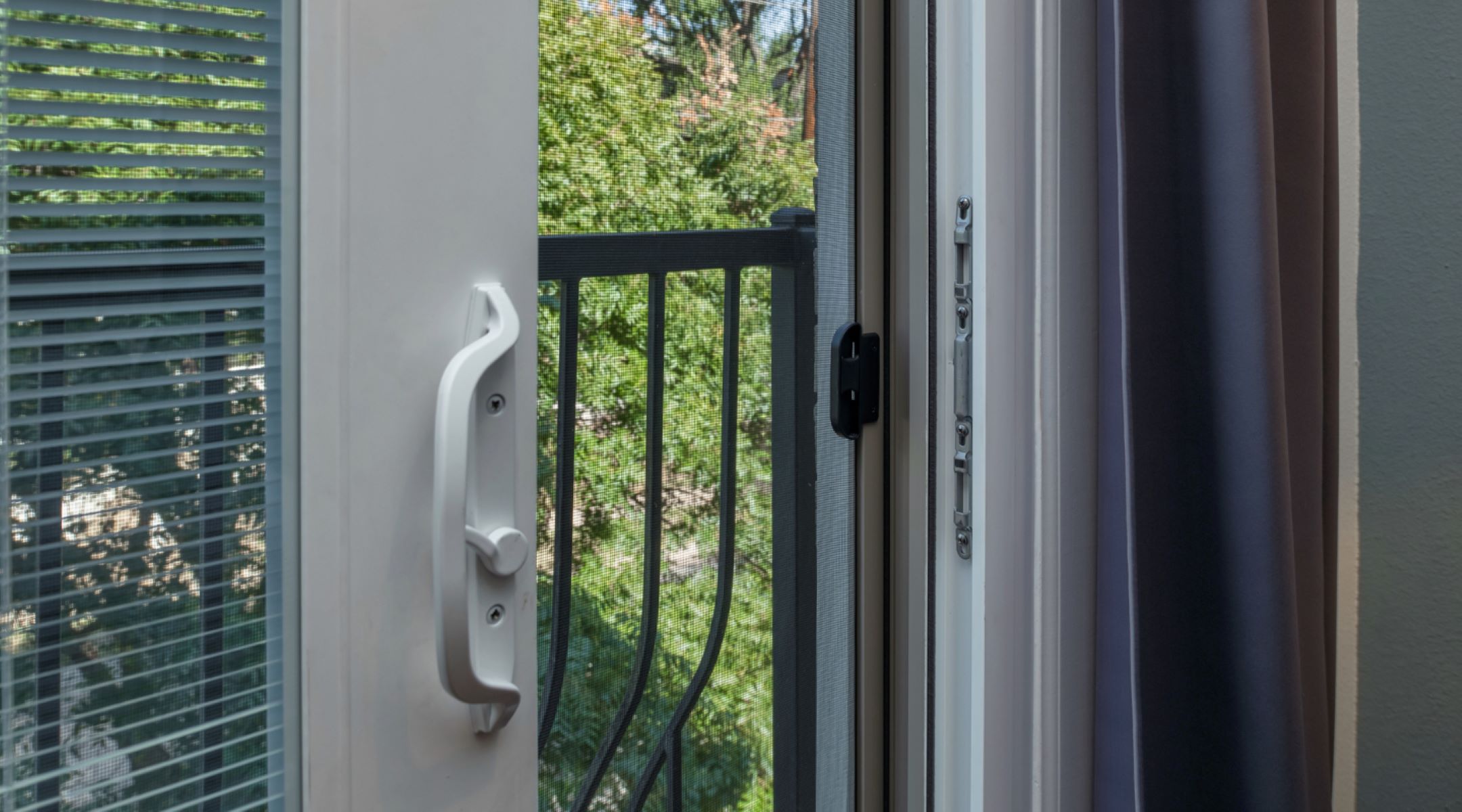
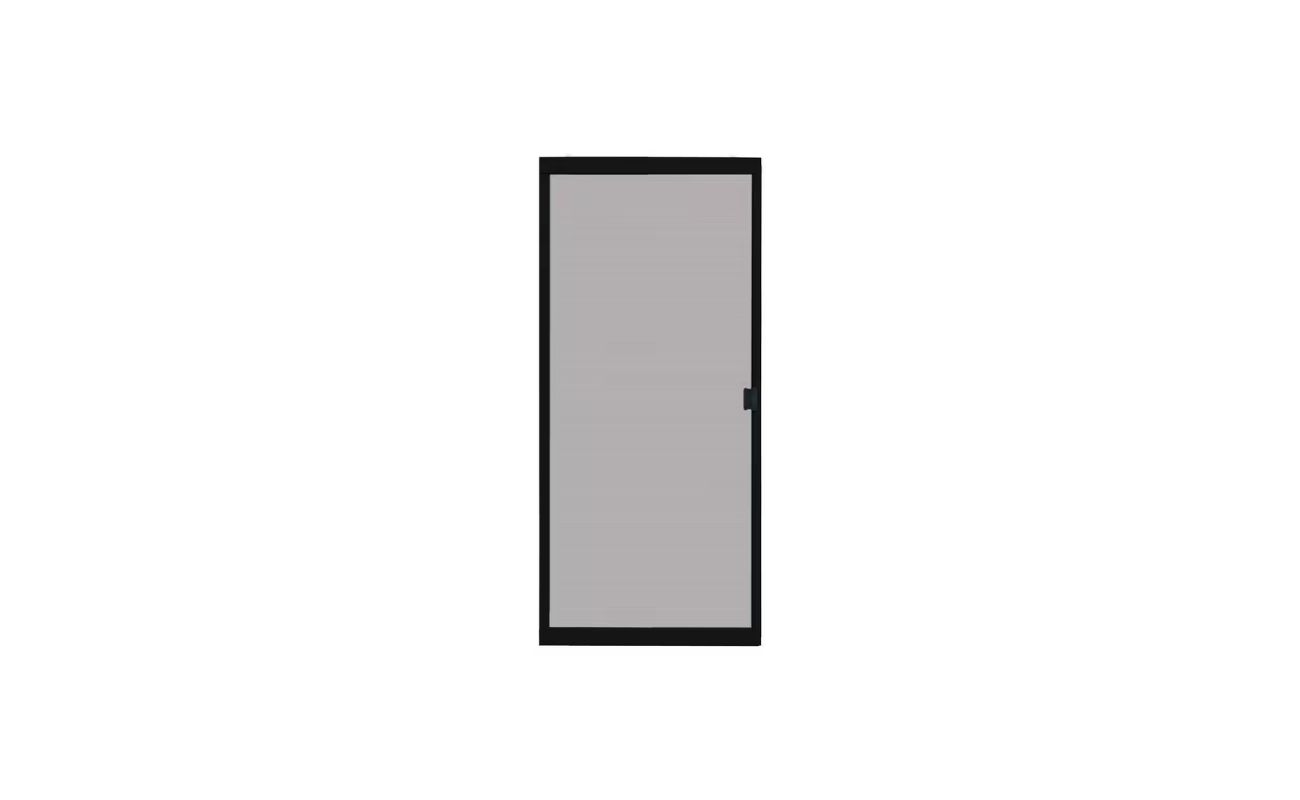

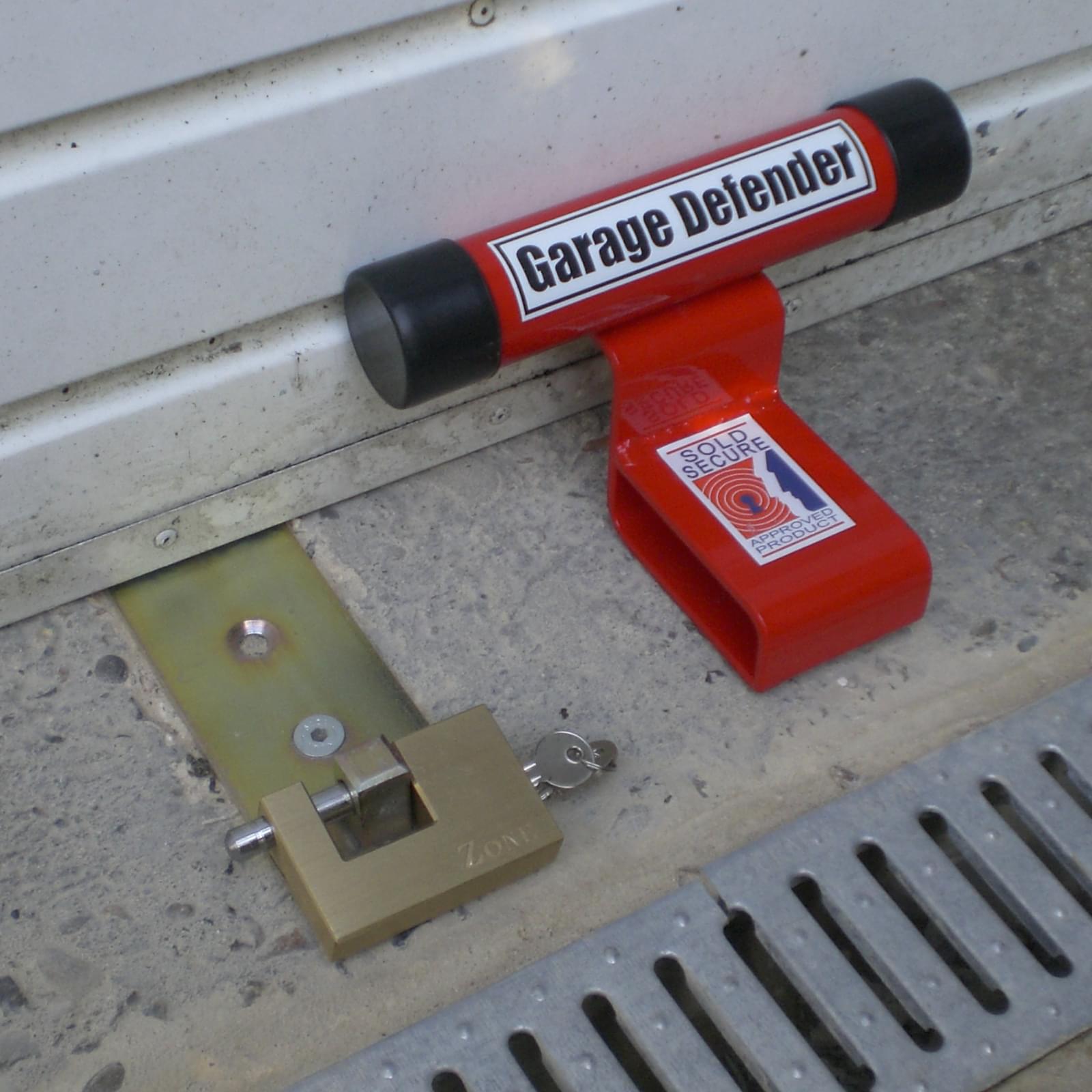
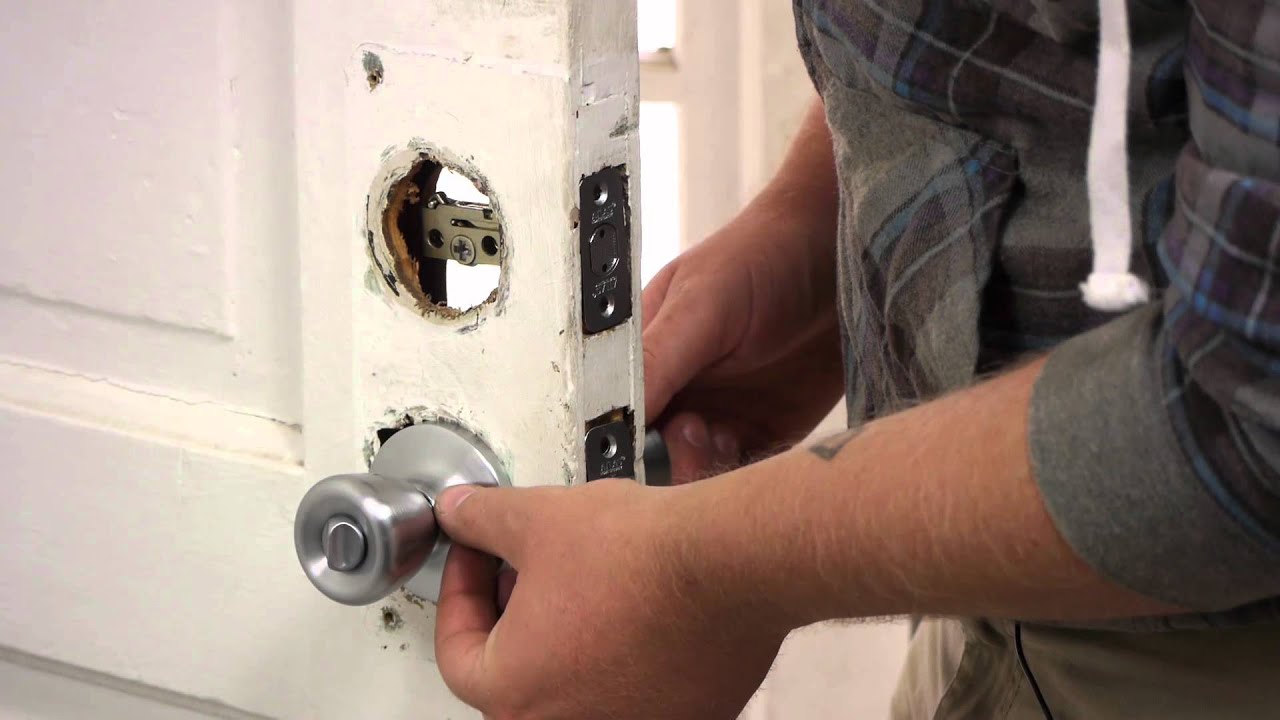
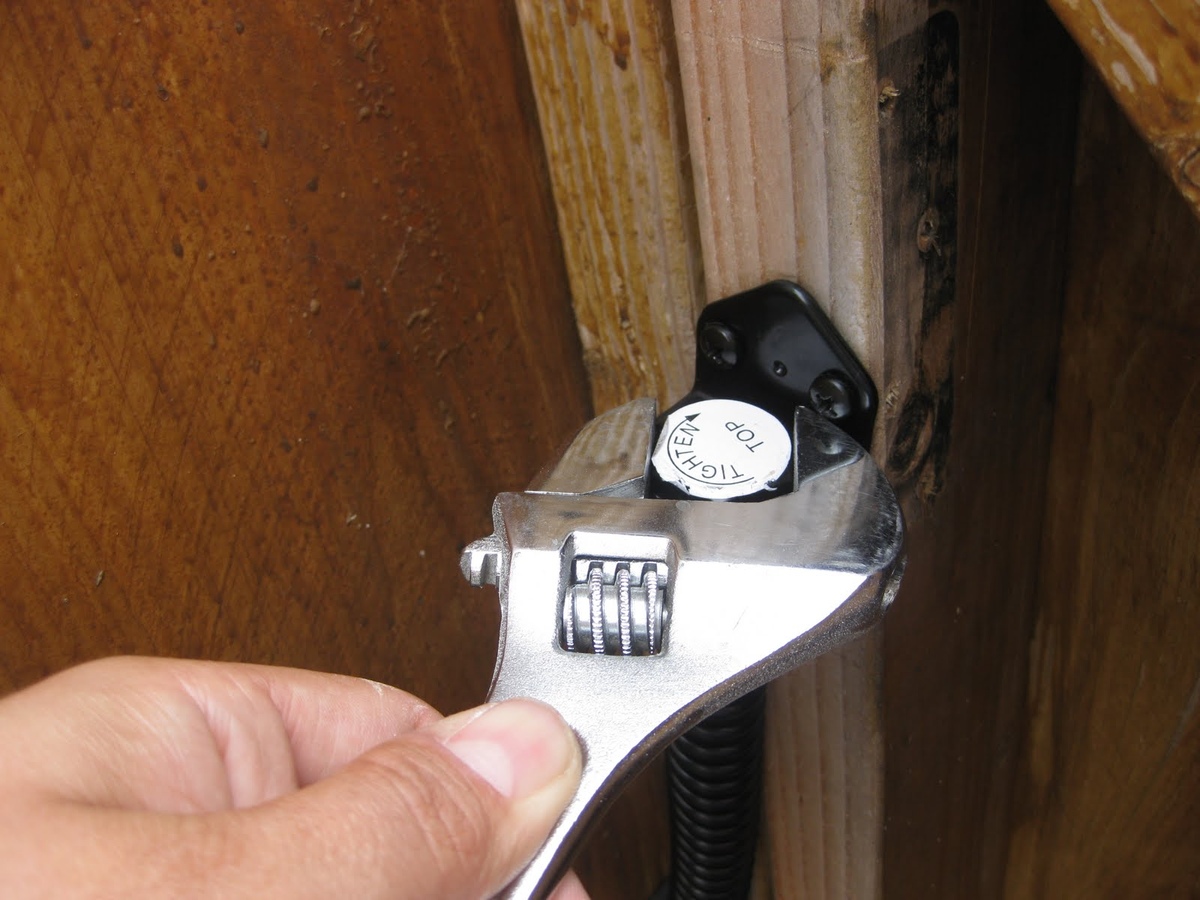
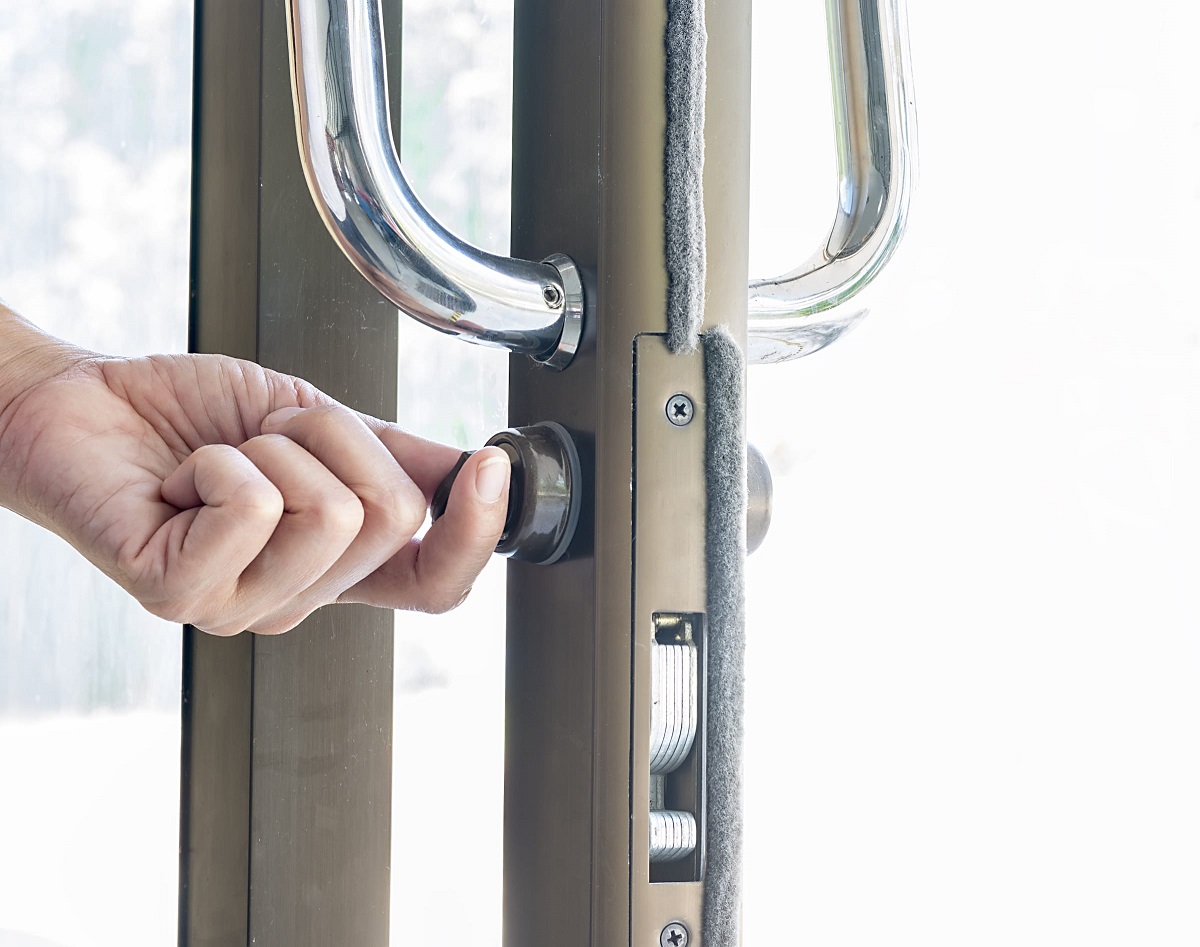

0 thoughts on “How To Adjust Door Lock”